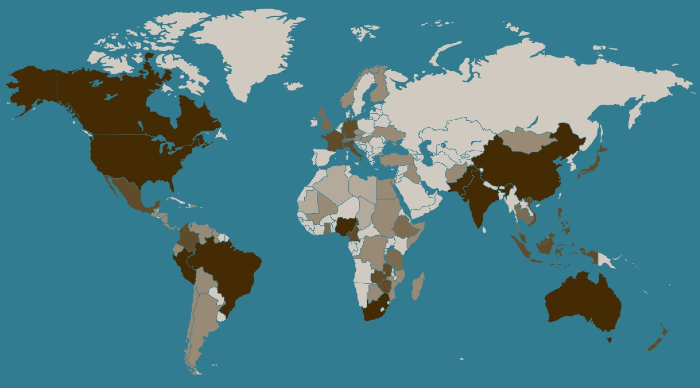Bacteriophage and the Physical Structure of the Microbiota
Paul Bollyky from Stanford Medical School in the U.S. will study whether filamentous phage – viruses that infect bacteria – direct structural changes in the lining of the intestines and thereby promote the growth of healthy bacteria to protect against disease. Phage are considered to be a potentially rich therapeutic resource for infectious diarrhea and environmental enteropathy, which are prevalent in developing countries, but much remains to be learned about them. They have shown that a phage of the genus inovirus directed the formation of bacterial biofilms, which have specific crystal-like properties. They will use their newly developed software package along with polarization microscopy to image intestinal bacterial populations and analyze the structure of biofilms in human specimens and mouse models, and study the effect of phage, bacterial infection, and diet. They will also measure inovirus from around 2000 stool samples from children in Bangladesh to determine whether the levels decrease in line with the severity of diarrhea, suggesting that this phage might be protective. The effect of these isolated phage on intestinal structure will also be analyzed in mouse models.
